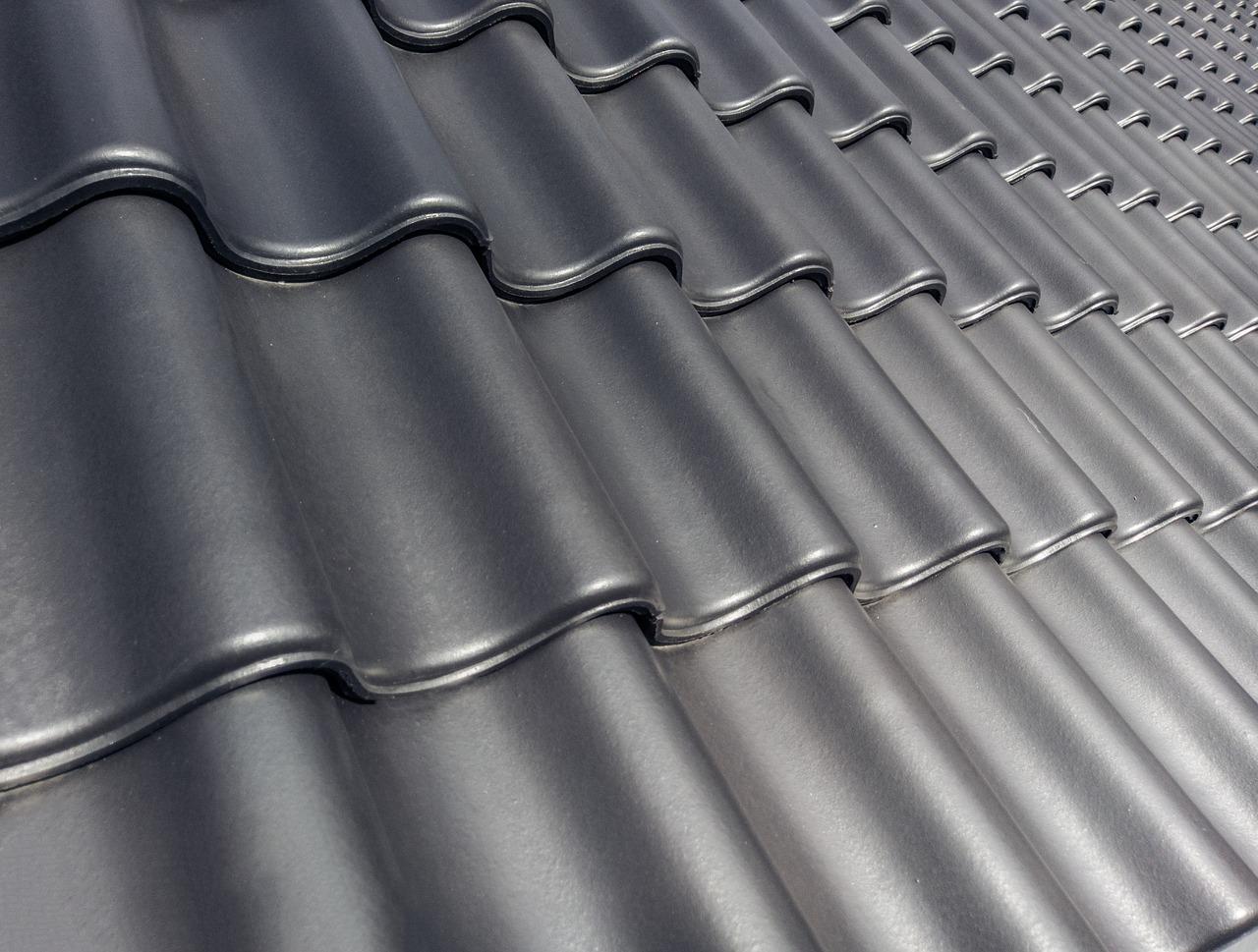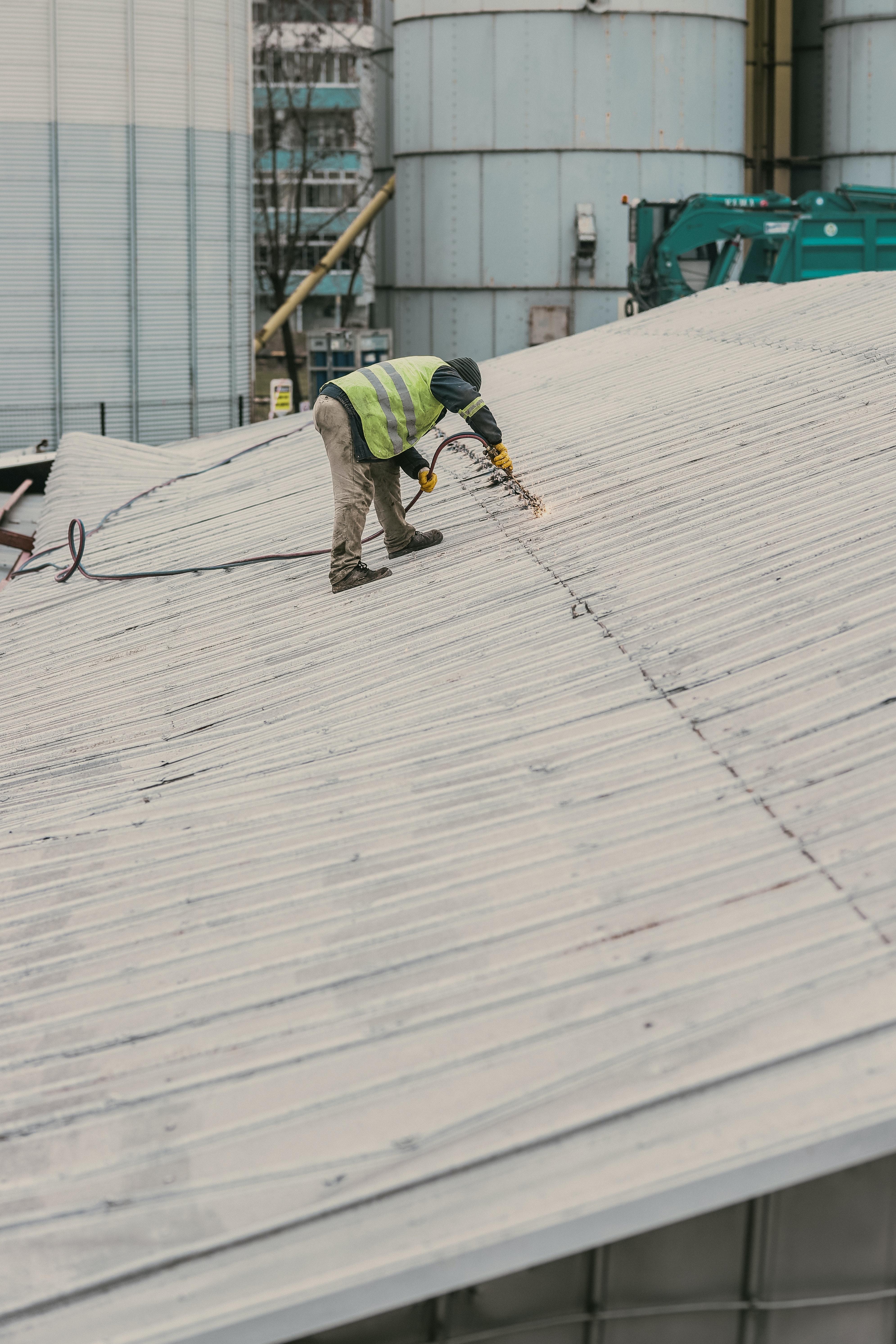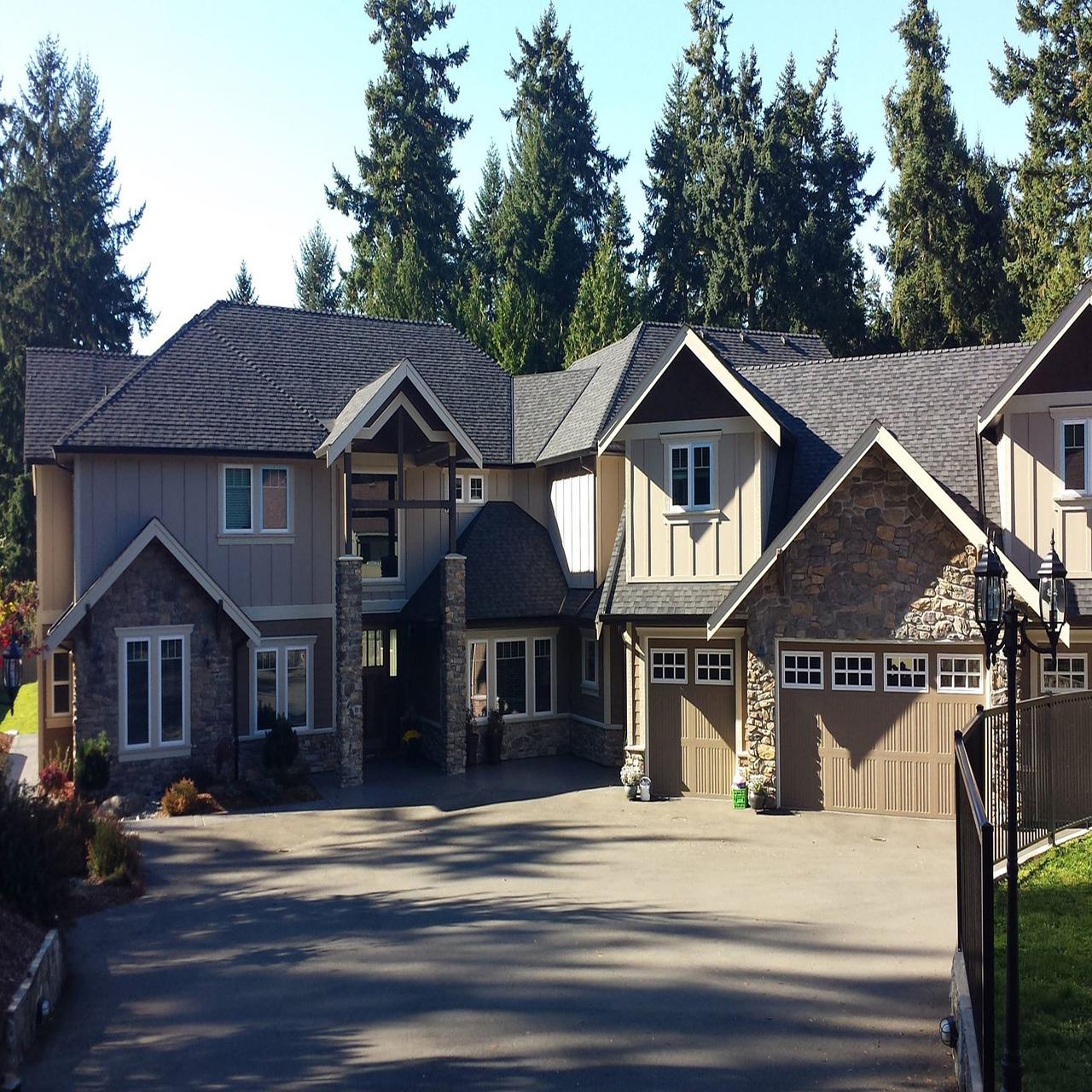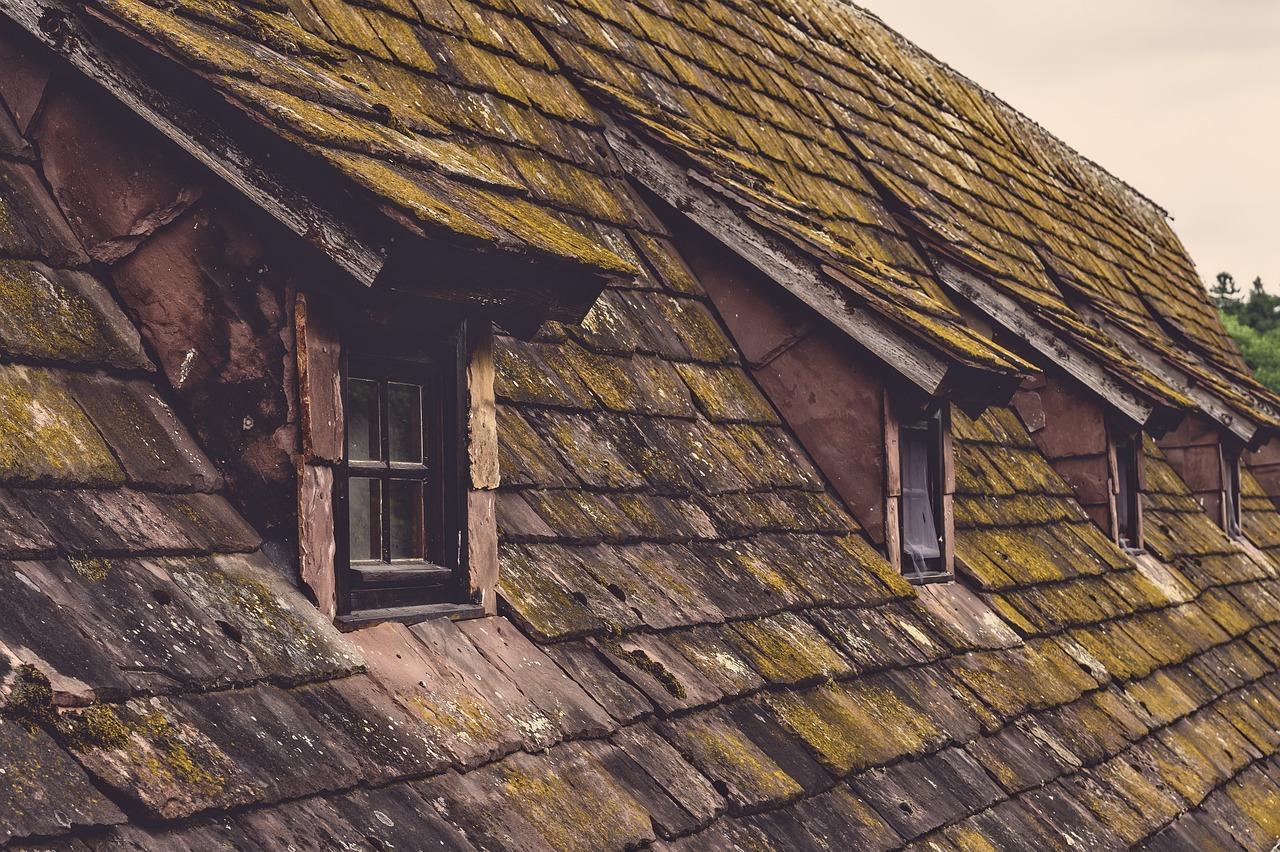Are you dealing with shared roof disputes or wondering what a shared roof even is? Maybe you live in a townhouse with no HOA, and you’re unsure about who’s responsible for roof repairs. Or perhaps you’re curious about whether you can partially replace a roof or just a section of it. Whatever your situation is, we’ve got you covered.
Replacing a shared roof can be a daunting task, but it doesn’t have to be. In this comprehensive guide, we’ll walk you through the process of removing and replacing shingles. We’ll also explore who pays for roof repairs on a duplex and who’s responsible for roof repairs in a townhouse in Florida.
Before we dive in, let’s first define what a shared roof is. Simply put, a shared roof is a roof that covers two or more structures. This could be a townhouse or a duplex where each unit shares the same roof. In some cases, there may be no homeowners association to manage the shared roof, which can cause disputes among neighbors.
Now that we have a better understanding of what a shared roof is let’s explore some common questions and concerns that homeowners have when it comes to replacing a shared roof. So, buckle up and get ready to learn everything you need to know about replacing a shared roof.
Replacing a Shared Roof: A Beginner’s Guide
Are you looking to replace your shared roof but don’t know where to start? Don’t worry; it’s not as complicated as you may think. In this section, we’ll guide you through the necessary steps to replace a shared roof effectively.
Talk to Your Neighbors
Before making any significant decisions, it’s important to involve your neighbors. Since you share the roof, it’s crucial to get their consent and input. Set up a meeting with your neighbors and discuss your plans. Make sure everyone agrees on the type of roofing material, cost, and timeline.
Hire a Professional
Now that you have a plan, it’s time to hire a professional roofer. Look for a licensed and insured roofing contractor with a solid reputation. Ask for referrals from friends and family or search online for local roofers with good reviews.
Get a Quote
Ask your roofing contractor for a detailed quote. It should include the cost of materials, labor, permits, and any additional expenses. Make sure to discuss payment terms and a timeline for the project.
Prepare Your Home
Before the roofing crew arrives, make sure your home is ready. Remove any outdoor furniture or decorations near the working area. Cover any fragile items in your attic, and cut your lawn to ensure a clear work area.
Monitor the Work
While the roofing work is being done, monitor the progress closely. Make sure the workers follow the agreed-upon plan and that there are no delays or complications. If you notice any issues, inform your contractor immediately.
Final Inspection
Once the work is completed, conduct a final inspection with your contractor. Make sure they addressed all your concerns and that the work meets your satisfaction. Only after the final walkthrough should you release the payment.
Replacing a shared roof may seem like a daunting task at first, but with proper planning and execution, it can be a smooth and stress-free process. Remember to involve your neighbors, hire a professional, prepare your home, and monitor the work closely. By following these simple steps, you can ensure a successful roof replacement project.
Shared roof disputes
If you live in an apartment complex, condo, or townhome, you’ll likely deal with a shared roof. As much as it’s a convenience, it can also be a source of conflict between neighbors. The following subsection highlights some common shared roof disputes and how to handle them amicably.
Who’s responsible for the repair
One common source of conflict is when there’s a leaking roof. In such cases, neighbors may wonder who’s responsible for the repair. If the damage is due to normal wear and tear, the landlord, homeowner association, or management company may take responsibility. However, if the damage was caused by one of the tenants, they may be liable for the repairs. It’s critical to examine the lease agreement to determine who bears the maintenance cost.
How do you handle noise
If you want to renovate or clean the gutters, you’ll have to make some noise. However, it’s important to be considerate of your neighbors’ schedules especially during odd hours. Agree on a specific time to carry out the task and inform your neighbors in advance to avoid confrontations.
Installation of solar panels
Fitting solar panels is a commendable thing to do. It saves energy while reducing bills. However, before installing them, make sure that you obtain the necessary consent from your housing association. They should inspect the installation to ensure that it’s safe for the entire building. Failure to get permission could attract hefty fines.
Who gets to use the roof space
Another common source of conflict is the ownership or use of the shared roof space. If there’s limited space, tenants may feel that they’re not getting their fair share. The best approach is to hold a meeting and allocate space equitably. In cases where there’s ample space, it’s always best to encourage neighborly cooperation.
How do you handle roof safety concerns
It’s essential to ensure the safety of tenants at all times. However, if you notice that the roof railing or stairs are damaged, then it’s critical to report it. This action will not only ensure the safety of others but also prevent possible legal ramifications.
Shared roofs offer many advantages, but they come with challenges too. By proactively communicating and agreeing on clear guidelines, these disputes can be amicably resolved, and peaceful coexistence can be achieved.
What is a Shared Roof
If you’re considering living in a multi-unit building or already live in one, you’ll probably come across the term “shared roof.” In this subsection, we will discuss what a shared roof is and the benefits and drawbacks of living in a building with a shared roof.
Definition of a Shared Roof
A shared roof is a roof that serves as the top of a multi-unit residential or commercial building. The roof of the building is owned by all the owners or tenants in the building, and it is responsible for keeping the building safe and functional. Since it is shared, all the costs associated with the maintenance, repair, or renovation of the roof are shared among the owners or tenants.
Benefits of a Shared Roof
One significant advantage of living in a building with a shared roof is the lower cost of maintenance. With a shared roof, all the residents share the cost of repair or replacement for the roof, saving each owner or tenant money on the overall costs. In addition, a shared roof can help improve the overall safety of the building, as all the owners are responsible for maintaining the structure, ensuring that the roof is secure and safe.
Drawbacks of a Shared Roof
On the downside, a shared roof can sometimes lead to conflicts between the building’s owners or tenants over maintenance responsibilities or costs. For instance, some owners or tenants in the building may not be willing to share the cost of updating the roof, causing the other residents to bear the extra financial burden.
Moreover, since a shared roof is owned and maintained by multiple people, it may be difficult to agree on a common approach to maintenance or upkeep. Different opinions among the residents could lead to disagreements on the preferable maintenance strategy, which could cause delays in repairing or replacing the roof.
In conclusion, a shared roof can be an efficient and cost-effective way to maintain a building’s roof. However, it comes with its own set of challenges, which must be addressed and understood by those who live or plan to live in a building with a shared roof.
Townhouse shared roof no HOA
Living in a townhouse with a shared roof can be challenging, especially when there’s no HOA (Homeowners Association) to maintain it. However, it doesn’t have to be a nightmare if you know how to handle it.
Understand your responsibilities
When living in a townhouse with a shared roof, you’re responsible for maintaining only your portion of the roof. You may need to coordinate with your neighbors to ensure everyone is doing their part. Make sure to communicate with them well to avoid any misunderstandings.
Hire a professional
If you’re not comfortable with maintaining your roof yourself, you can always hire a professional. They have the expertise and equipment needed to do the job correctly. You can split the cost with your neighbors, making it an affordable solution.
DIY maintenance
If you’re up for it and feel comfortable with the task, you can maintain your portion of the roof yourself. You need to take safety precautions such as wearing protective gear, using a stable ladder, and having someone to assist you. Remember to follow instructions carefully and take your time while working.
Avoid potential disputes
Living in a shared building can potentially lead to conflicts, especially if maintenance responsibilities aren’t clear. Avoid disputes by communicating with your neighbors, respecting each other and following a set of guidelines.
Living in a townhouse with a shared roof and no HOA can be challenging, but it doesn’t have to be a nightmare. If you understand your responsibilities, hire a professional when needed, do it yourself, and avoid potential disputes, everything can go smoothly. Just remember to communicate, be respectful, and follow the guidelines to enjoy your shared space without any problems.
Can You Partially Replace a Roof
If you’re looking to replace your home’s roof but can’t afford to replace the entire roof or don’t want to go through with the hassle of a full replacement, you may be asking yourself, “Can you partially replace a roof?” The answer is yes, but it depends on several factors.
The Age and Condition of Your Roof
The age and condition of your roof play a significant role in deciding if you can partially replace it. If your roof is older, it may not be able to withstand the stress of having some areas replaced, and you may end up causing more harm than good. On the other hand, if your roof is relatively new and has only suffered damage in certain areas, it may be possible to replace those areas only.
The Type of Roofing Material
The type of roofing material you currently have also influences whether or not you can partially replace your roof. For example, if you have a shingle roof, it’s usually possible to replace only the damaged or missing shingles. However, if you have a metal roof or other non-shingle roofing material, you may need to replace more significant sections of the roof to keep everything looking uniform.
The Complexity of the Roof
Finally, the complexity of your roof also plays a role in whether you can partially replace it. If you have a simple gable roof with a single slope on each side, it’s usually easy to replace only the damaged areas. But, if you have a more complex roof with multiple valleys, hips, and dormers, you may need to replace entire sections to maintain the structural integrity of the roof.
In summary, it’s possible to partially replace a roof, but it’s essential to consider the age and condition of your roof, the type of roofing material you currently have, and the complexity of your roof before proceeding. Consult with a professional roofing contractor to determine whether partial replacement is feasible for your home’s unique situation.
How to Remove and Replace Shingles
Shingles are the most important component of your roofing system. They protect your house from various elements such as rain, wind, and snow. Over time, shingles wear out, and they need to be replaced. In this section, we’ll show you how to remove and replace shingles like a pro.
Inspect the Roof
Before you start removing shingles, you need to inspect the roof for any damage. Check for any leaks, rotten boards, or damaged flashing. If you notice any issues, you need to address them before continuing with the shingle replacement.
Gear Up
Once you’ve inspected the roof, it’s time to gear up. You’ll need protective gear such as gloves, goggles, and a mask. You’ll also need a hammer, a roofing knife, and a pry bar.
Remove the Shingles
Start by removing the ridge caps, starting from the top down. Once you’ve removed the caps, use a roofing knife to cut the shingles along the edges. Next, use the pry bar to remove the shingles. Be careful not to damage the underlying layers or the sheathing.
Install the New Shingles
Once you’ve removed the old shingles, it’s time to install the new ones. Start by laying down the underlayment and securing it with roofing nails. Next, install the starter shingles along the eave edge. Finally, install the new shingles, making sure to stagger the seams.
Clean Up
Once you’ve installed the new shingles, it’s time to clean up. Use a broom to sweep up any debris or loose shingles. Finally, dispose of the old shingles and other debris in a dumpster or recycling center.
In conclusion, removing and replacing shingles isn’t an easy task, but with the right tools and techniques, you can do it like a pro. Just remember to inspect the roof, gear up, remove the old shingles carefully, install the new shingles correctly, and clean up after yourself.
Who Is Responsible for Roof Repairs on a Duplex
If you’re living in a duplex, sharing a roof with your neighbor is inevitable. But have you ever wondered who is responsible for the roof repairs when something goes wrong?
Understanding Duplex Ownership
Before discussing who is responsible for the roof repairs, it’s essential to understand the types of duplex ownership.
In most cases, when two people buy a duplex together, they become equal owners. They share both the property and the responsibilities that come with it. In some cases, however, one owner may have a larger share than the other. This arrangement effectively means that one owner has a more significant say in property matters, including roof repairs.
Who Pays for Roof Repairs
As a general rule, both owners are responsible for any roof repairs. The costs should be split evenly between them. However, if one owner caused the damage, they may need to cover the repair costs themselves.
It’s essential to note that roof repairs can get expensive. It’s wise to talk to your neighbor about creating a savings fund for future repairs. This way, when repairs are needed, both of you can afford to foot the bill comfortably.
If there is a disagreement about who should pay for a repair, it’s best to seek legal guidance. Mediation can help both parties come to a resolution that works best for all involved.
In summary, owning a duplex means sharing both the property and the responsibility of maintaining it. Both owners are responsible for roof repairs, and costs should be shared equally, unless one owner caused the damage. By establishing a savings fund and seeking guidance when disagreements arise, owning a duplex can be a straightforward and enjoyable experience.
Can You Replace Only a Section of Roof
If you’ve been experiencing leaks in your roof and thinking of getting it replaced, you might be wondering if you can replace only a section of your roof instead of the entire roof. The answer to that question is, it depends! Here are some factors you should consider before deciding to replace only a section of your roof.
The Age of Your Roof
If your roof is at least 15-20 years old, it might be time to start considering a full roof replacement instead of just replacing a section. When a roof gets older, it becomes less effective at protecting your home and may not be energy efficient. It’s important to take into account the remaining lifespan of your roof, so you don’t have to make more repairs and expenses in the long run.
The Extent of the Damage
The extent of the damage to your roof is a factor to consider when deciding whether to replace a section or the entire roof. If the damages are only limited to a small section of your roof, then you might be able to get away with just replacing that particular section of the roof. But if the damage is spread throughout the roof, it might be time to replace the whole thing.
Cost
Cost is always a key factor when it comes to deciding on a home repair project. Replacing a section of your roof is cheaper than replacing the entire roof. However, if the cost of repairs is getting close to the price of replacing the entire roof, it might be more valuable to go for the latter option. Additionally, it’s important to remember that replacing only a section of your roof may not always be cost-effective in the long run.
Additional Factors
Other additional factors to consider include your budget, the type of roof you have, the availability of roofing contractors, and the season. For example, if you have a flat roof or a tiled roof, it might be more difficult to replace just a section of the roof. Furthermore, if you live in an area that’s prone to extreme weather conditions, it’s important to consider if it’s a good time to replace your roof to avoid further damages.
In conclusion, it is possible to replace only a section of your roof, but it depends on factors such as the age of your roof, the extent of the damage, and cost. It’s important to approach each situation differently and consult with a professional roofing contractor to get a detailed recommendation on the best course of action for your specific situation.
Who Is Responsible for Roof Repairs in a Townhouse in Florida
Owning a townhouse in Florida is a dream that many individuals aim to achieve. With its beautiful beaches and sunny weather, Florida is an ideal place to call home. It is critical to understand who is responsible for maintaining the townhouse’s roof if it is shared between neighboring units.
Homeowner Association
In a townhouse community, the homeowner association (HOA) is responsible for maintaining shared property. Therefore, if the roof is shared with other townhouses, the HOA is likely to be responsible for its maintenance and repair.
Individual Unit Owners
In some cases, the individual unit owners of the townhouse may be responsible for the roof’s repair and maintenance. This situation may arise if the roof is not a shared element, and each unit owner is responsible for the roof above their unit.
HOA Contract
It is crucial to review the HOA contract to determine who is responsible for roof repair and maintenance. The contract should outline the HOA’s responsibilities and the unit owners’ responsibilities to ensure that both parties are aware of their obligations.
Insurance
It is also essential to review the insurance policy to determine coverage for the townhouse’s roof. The HOA’s insurance policy may cover the cost of repair or replacement if it’s a shared element. However, individual unit owners may need to purchase their insurance to cover the cost of damage to the roof above their unit.
In conclusion, understanding who is responsible for maintaining a townhouse’s roof is crucial to avoid financial loss and disputes among neighbors. Therefore, it is essential to review the HOA contract and the insurance policy to determine the responsible party. If in doubt, consult with a licensed professional to obtain the necessary information and guidance to protect your investment.



